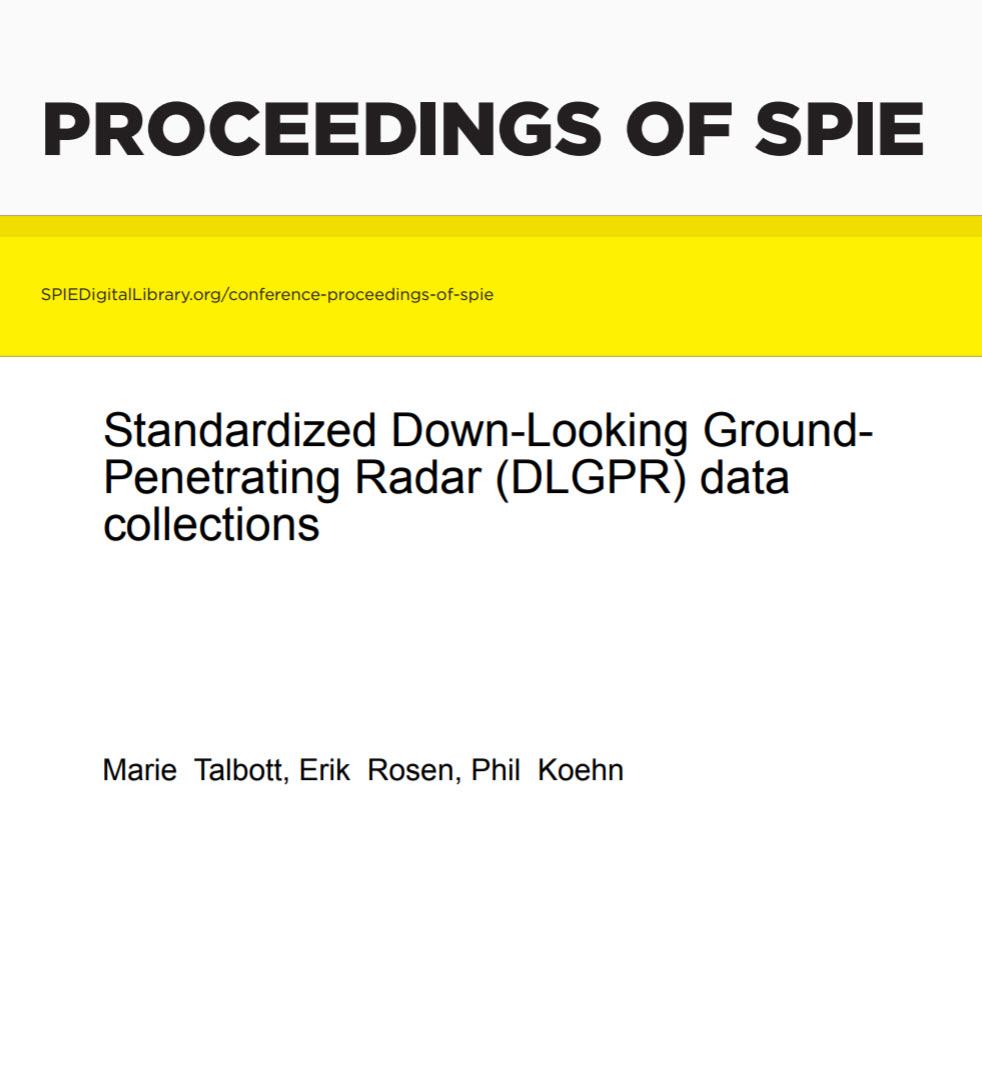Standardized Down-Looking Ground-Penetrating Radar (DLGPR) data collections
April, 2019
IDA document: D-9014
FFRDC: Systems and Analyses Center
Type: Documents
Division: Science and Technology Division,
Science, Systems and Sustainment Division
Authors:
IDA document: D-9014
FFRDC: Systems and Analyses Center
Type: Documents
Division: Science and Technology Division
Authors:
Authors
Marie Talbott, Erik Rosen, Phil Koehn
See more authors

